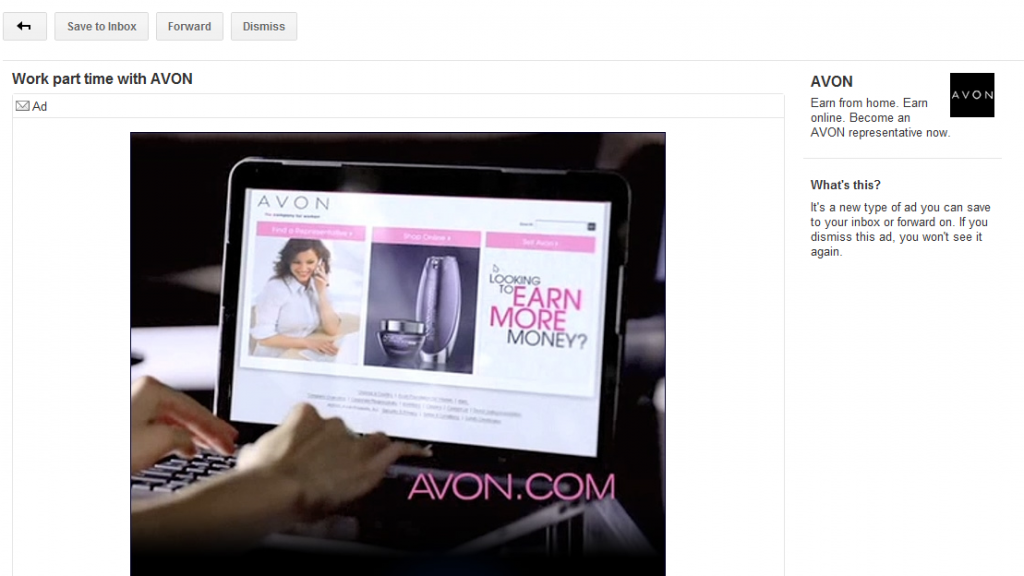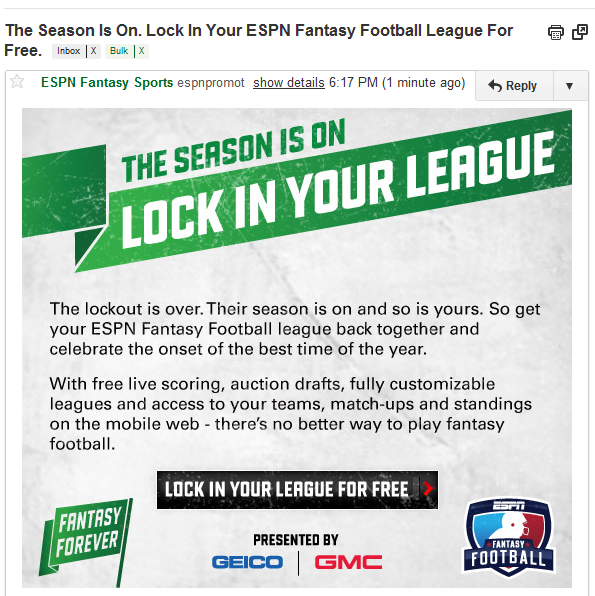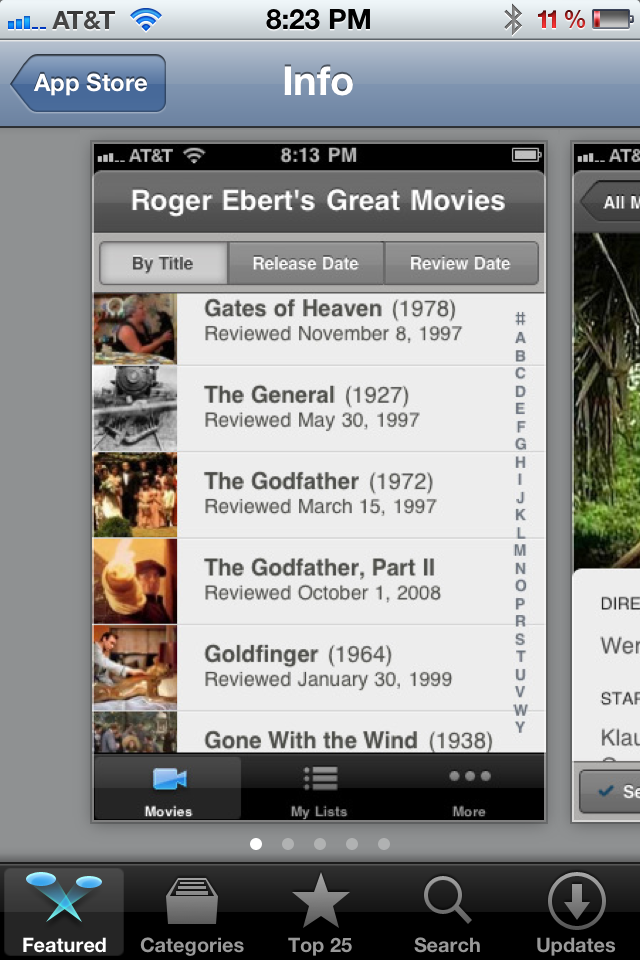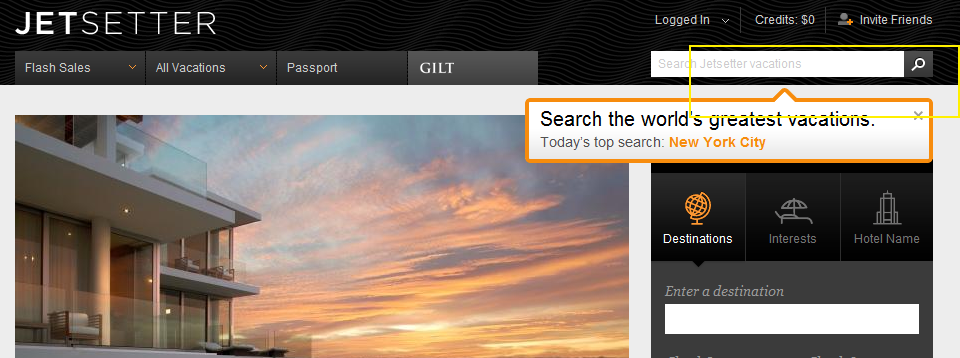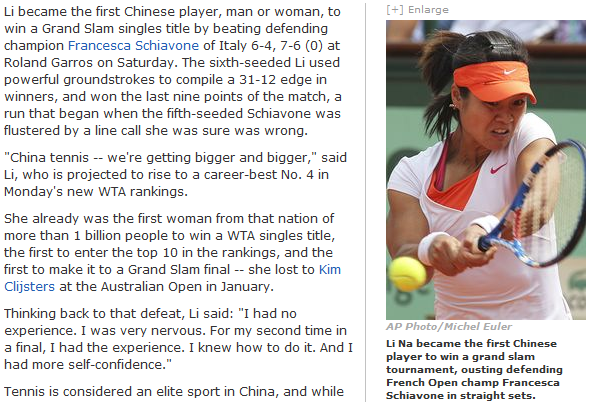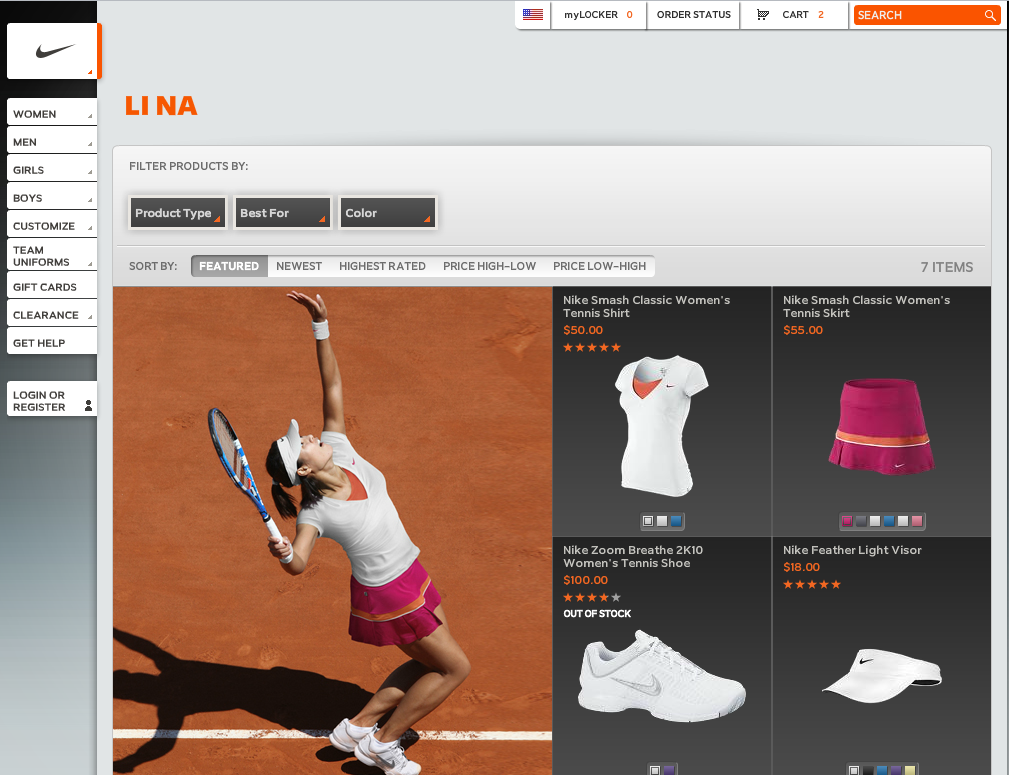Over the past couple days, I have been seeing the following ad units in my GMail accounts:- the top sidebar ad is prominently separated from others
- it is in an entirely different treatment that includes a branded image
- and it has an email icon atop
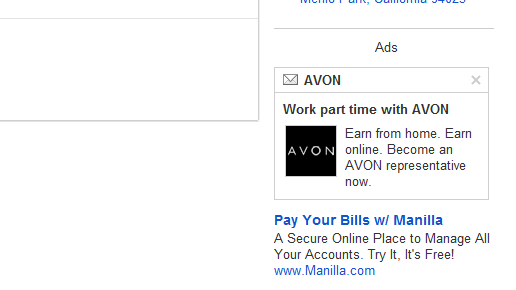
When you click the ad, it opens into a full screen unit that is essentially an email. It appears in the GMail mail format with four buttons atop the screen: Return, Save to Inbox, Forward and Dismiss.
Google describes it: "It's a new type of ad you can save to your inbox and forward on. If you dismiss the ad, you won't see it again."
It is an interesting effort because it enables the small ad unit (no different than a traditional AdWords unit) to bloom into something shareable, potentially social and much bigger (from two lines of text into an entire, rich-content experience). While that is conceptually very cool, it puts a burden on advertisers to make content that is worthwhile of sharing / keeping. I have cycled through a handful of of these email ads and have found nothing relevant to me or worthy of being shared.

